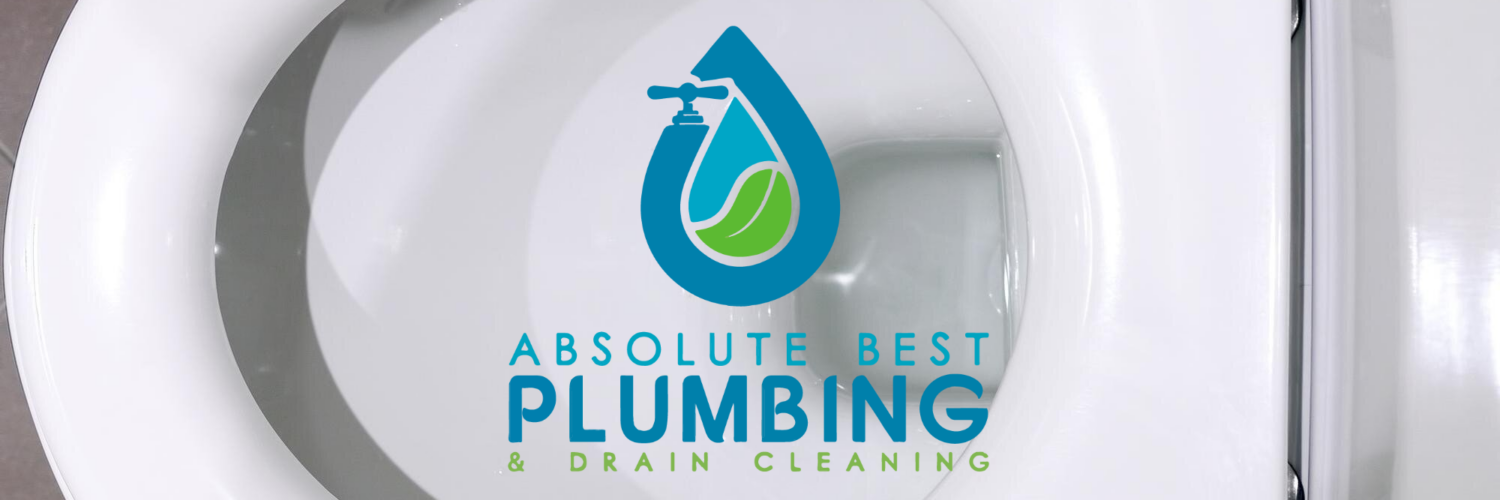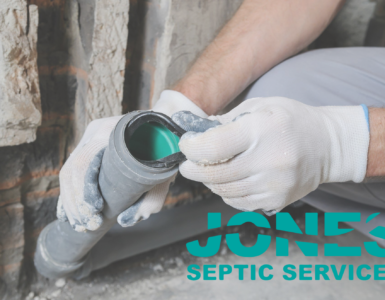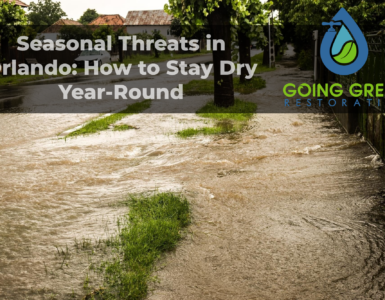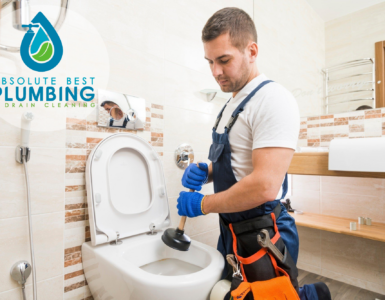The Overlooked Role of Climate in Plumbing Issues
Florida’s unique climate is well known for its heat, humidity, and frequent heavy rainfall. While these environmental features shape daily life across the state, they also contribute to distinctive plumbing challenges. Among these challenges, toilet clogs are a recurring concern that often trace back to climate-driven factors.
Many residents underestimate the full impact of the environment on their plumbing infrastructure. Homeowners and property managers frequently assume that toilet clogs are caused primarily by user error or foreign objects. In reality, environmental conditions play a far more significant role than many realize.
Florida’s high groundwater levels can lead to excessive pressure on sewer lines, particularly in areas with older plumbing infrastructure or minimal drainage buffers. When combined with the state’s fluctuating weather patterns, such as sudden rainstorms or droughts, this added pressure can cause pipes to shift, crack, or become partially obstructed, creating ideal conditions for recurrent toilet clogs.
Moreover, the subtropical ecosystem supports aggressive plant and root growth, which often infiltrates underground pipes seeking moisture. Root intrusion is a leading but underdiagnosed cause of persistent plumbing issues, especially in homes built before the implementation of modern sewer line protections. This natural infiltration further disrupts water flow, increasing the likelihood of backups and blockages throughout the plumbing system.
The combination of these climate-induced stressors means that plumbing systems in Florida require more proactive maintenance and climate-aware solutions than those in more temperate regions. Understanding the connection between regional climate and indoor plumbing performance is essential for reducing unexpected service calls and long-term damage.
High Humidity and Its Effects on Plumbing Systems
Pipe Expansion and Contraction
High humidity levels, combined with regular temperature fluctuations, have a more profound impact on plumbing systems than many property owners recognize. These environmental variables cause piping materials to expand and contract, especially in systems that utilize PVC, copper, or older metal lines. While these shifts may seem minor at first, they compound over time, placing continuous strain on joints, connectors, and pipe walls.
This repeated stress gradually weakens seals and creates misalignments that restrict water flow. When pipes no longer maintain a tight seal or proper alignment, even minor inconsistencies can disrupt water pressure, reduce fixture performance, and cause intermittent clogs. Eventually, these misalignments can also affect the structural integrity of the system.
In more severe cases, recurring stress leads to leaks that eventually require full pipe replacement Orlando. This type of damage can be particularly costly in Florida homes, where slab foundations and dense vegetation make access to underground piping more difficult. Preventive inspections and climate-resistant piping materials are essential to reducing long-term risks related to expansion and contraction.
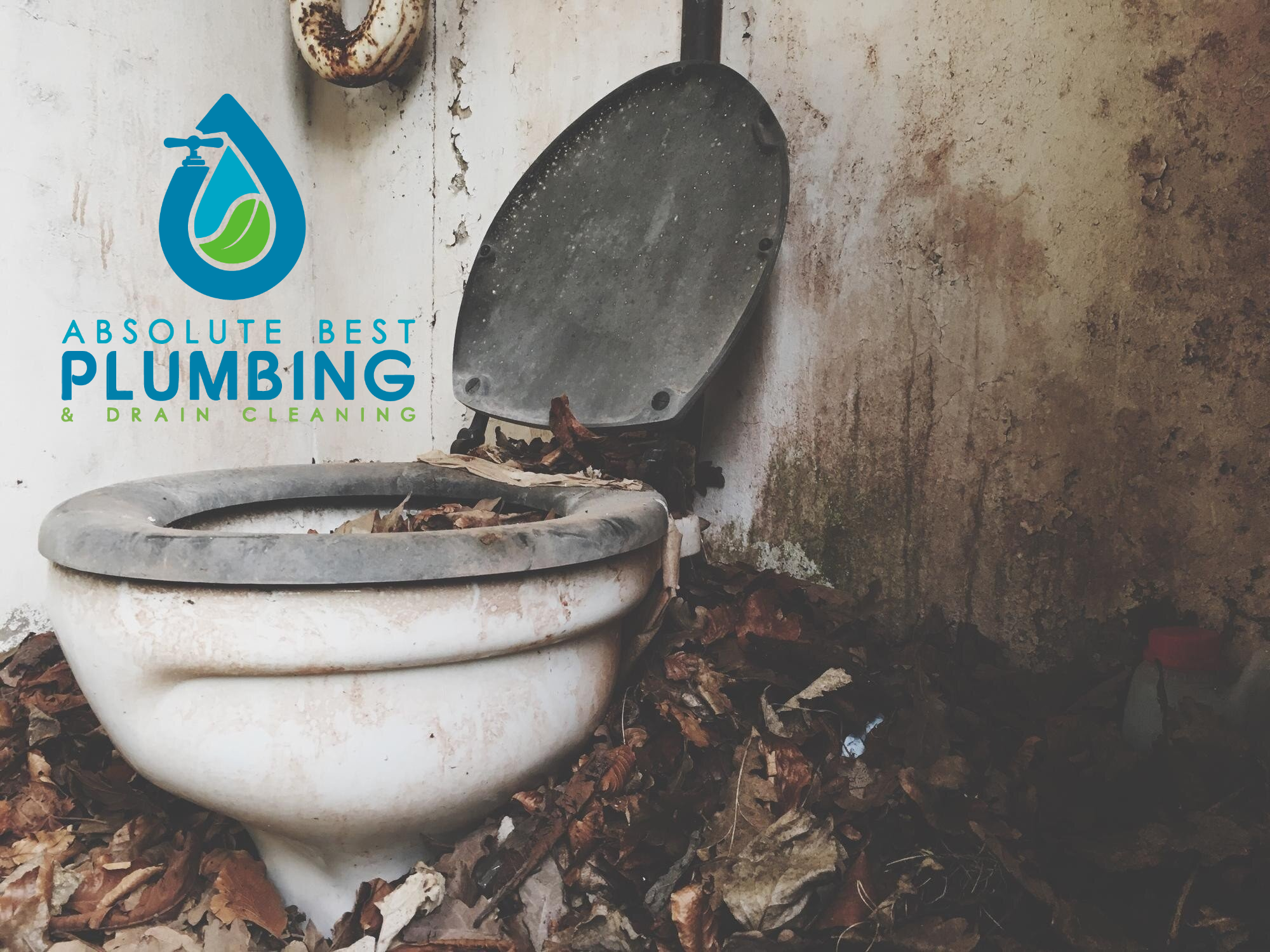
Increased Mold and Bacteria Growth
Another side effect of Florida’s tropical climate is the persistent moisture that builds up in and around plumbing systems. Persistent humidity creates favorable conditions for mold and bacteria inside pipes, especially in homes where water remains stagnant for extended periods or airflow is limited.
As these substances accumulate, they reduce flow capacity and contribute to clogs, creating inefficiencies that can go undetected until they escalate into full blockages. In older plumbing systems, microbial buildup may also corrode pipe interiors, accelerating wear and increasing the risk of premature failure.
Beyond the physical damage, mold growth raises indoor air quality risks, especially for individuals with respiratory issues, allergies, or compromised immune systems. Mold spores and bacteria can enter the home through faucets, showerheads, or even microscopic breaches in plumbing seals.
The health and environmental implications of unchecked growth are significant. According to EPA WaterSense, maintaining efficient plumbing systems helps prevent unnecessary water waste and reduces exposure to indoor contaminants. Routine flushing, pipe cleaning, and moisture monitoring are key strategies in protecting both plumbing systems and indoor air quality in humid climates like Florida’s.
Heavy Rainfall and Rising Groundwater
Sewer Backups During Storm Season
Florida’s storm seasons bring intense rainfall that challenges more than just roads and landscaping, it puts serious strain on municipal and residential sewer infrastructure. As heavy rain saturates communities, local sewer systems often reach or exceed their capacity. When that happens, pressure in the system reverses course, pushing wastewater back toward homes.
This backflow scenario is more common than many homeowners realize. When municipal infrastructure becomes overloaded, pressure increases in residential plumbing systems, and the first point of failure is often the lowest drain, typically a toilet or ground-level shower. As a result, toilet backups become a frequent and highly disruptive issue during Florida’s wettest months.
These incidents not only cause unsanitary messes but can quickly damage flooring, drywall, and personal property. Given the rapid progression and contamination risks, these incidents often escalate into situations requiring emergency plumbing services Orlando. Preventive measures like backflow valves, regular sewer inspections, and proper yard grading can help reduce risk, but fast response remains critical when backups do occur.
Soil Saturation and Foundation Shifts
Beneath the surface, prolonged rainfall saturates soil and can shift building foundations, a problem particularly relevant in Florida’s sandy and moisture-sensitive terrain. As the ground expands and contracts, it places subtle but continuous pressure on a property’s plumbing infrastructure.
Pipes buried beneath or within the foundation aren’t designed to flex repeatedly. Over time, as pipes move with these shifts, small cracks and misalignments form, disrupting the intended flow of wastewater. Even tiny gaps can catch toilet paper, sediment, and natural debris carried through the system.
Eventually, debris catches and accumulates, forming obstructions that restrict water flow and increase the likelihood of clogs. What starts as a slow-draining toilet often becomes symptomatic of a much larger issue. Once clogs occur, property owners often discover that these issues extend beyond the immediate toilet fixture and into main sewer lines, requiring extensive diagnostic work and sometimes excavation.
The hidden nature of these foundation-related plumbing problems makes them especially frustrating. Regular drain cleaning, video pipe inspections, and early leak detection technologies can help identify developing issues before they escalate.
Seasonal Temperature Changes
Summer Heat and Evaporation
Florida’s long, sweltering summers bring more than discomfort, they also impact home plumbing in subtle but significant ways. Extreme heat can cause water in toilet traps to evaporate more quickly, especially in guest bathrooms, seasonal homes, or any infrequently used bathrooms. The toilet trap, also known as the P-trap, relies on a consistent water barrier to block odors and gases from entering the home.
When this barrier evaporates, the consequences go beyond unpleasant smells. Reduced water barriers allow sewer gases to rise into living spaces, creating potential health concerns and indoor air quality issues. Additionally, a dry trap allows fine dust and airborne particles to settle into the plumbing system.
Over time, this accumulation contributes to sediment buildup that fosters clogging. If the issue is not addressed promptly, it can restrict water flow, increase flushing times, and lead to recurring toilet blockages that are often misattributed to user behavior. For seasonal property owners, regular water cycling and air-tight toilet seals can help mitigate this heat-induced risk during the summer months.
Winter Cold Snaps
Despite Florida’s reputation for sunshine and warmth, it is not immune to sudden cold fronts. While Florida does not experience severe freezing temperatures like northern states, sudden cold snaps can still affect plumbing, particularly in older properties or homes with outdoor piping.
Many homes in the region are built without the same insulation standards as those in colder climates. This makes pipes more vulnerable to contraction during unexpected drops in temperature. Even mild drops in temperature may cause older or poorly insulated pipes to contract, stressing joints, weakening seals, and in some cases, causing surface-level fractures.
These tiny fractures can go unnoticed until they trap sediment or restrict flow, creating the perfect conditions for clog formation. As the pipe continues to degrade, property owners may observe pressure drops, water discoloration, or persistent drainage issues. Unfortunately, long-term neglect of these issues often necessitates water line repair service Orlando, especially if the damage extends beneath foundations or driveways.
Routine winter plumbing checks, even in Florida’s mild climate, are essential to preventing costly repairs and maintaining system integrity year-round.
Vegetation Growth and Root Intrusion
In Florida’s lush, green landscapes, what makes the environment beautiful can also be a silent threat to plumbing systems. Florida’s subtropical environment supports rapid plant and tree growth, with year-round humidity and rainfall providing ideal conditions for vegetation to thrive. But underground, this growth becomes a challenge for property owners trying to protect their plumbing.
Tree roots, in particular, are naturally drawn to moisture sources, and few sources are as consistently attractive as underground sewer and water lines. Small leaks, condensation, or even the routine flow of wastewater can signal nearby trees that water is accessible. Over time, the pressure exerted by expanding root systems finds vulnerabilities in pipes, especially older clay or cast iron lines that may already have small cracks or joint separations.
Cracks in underground pipes provide access points where roots infiltrate and expand, growing thicker and more invasive as they find nutrients. As the roots grow, they wedge themselves deeper into the line, eventually blocking water flow and increasing the risk of backups. These blockages often develop slowly, which makes early detection difficult until signs like gurgling toilets or slow drainage appear.
Root intrusion is one of the most common causes of recurring toilet clogs, particularly in older neighborhoods with mature trees where large root systems are more prevalent. While temporary fixes like snaking or chemical treatments may offer brief relief, they rarely address the underlying issue. Once roots compromise the system, professional intervention is necessary to restore flow and prevent recurring backups through clogged toilet repair services Orlando.
Specialized hydro jetting, video inspections, and trenchless pipe lining are just a few of the solutions plumbing professionals use to manage root intrusions without digging up the yard. Preventive root barriers and routine monitoring can also extend the life of pipes and avoid emergency repairs.
Saltwater Intrusion in Coastal Areas
In addition to heat, humidity, and rainfall, Florida’s coastal regions face a unique plumbing hazard: saltwater intrusion. As sea levels continue to rise and freshwater aquifers become increasingly stressed, residents in Florida’s coastal communities are seeing higher levels of salinity in both groundwater and soil. While this may not be visible above ground, it has a serious impact on underground plumbing infrastructure.
Saltwater intrusion poses another challenge by accelerating the corrosion of metal pipes, fittings, and even some types of plastic plumbing over time. Unlike freshwater, saltwater contains minerals and salts that react aggressively with common plumbing materials. The result is premature degradation, thinning pipe walls, and the formation of rust and mineral buildup that narrow the diameter of the pipe.
Rising sea levels and groundwater salinity can corrode pipes at an accelerated rate, especially in older properties without corrosion-resistant materials. In many cases, this leads to unseen leaks, pressure loss, and persistent drainage issues. Left unaddressed, weakened pipes are more prone to collapses or partial blockages, creating costly structural and sanitation problems for homeowners and property managers alike.
This type of damage often occurs silently, making regular maintenance essential in coastal areas. This environmental factor highlights the importance of proactive plumbing services Orlando, especially in coastal properties where corrosion is a persistent threat. Solutions such as pipe lining, corrosion-resistant materials, and regular camera inspections can significantly extend the life of plumbing systems exposed to saltwater influence.
Household Impacts of Climate-Driven Toilet Clogs
Frequent Backups and Overflow
The cumulative effect of Florida’s unique environmental conditions often reveals itself through a frustrating and unsanitary symptom: frequent toilet backups. These events are rarely isolated incidents. Instead, they’re typically the visible outcome of deeper plumbing issues caused by humidity, root intrusion, shifting foundations, or storm-season overload.
As these climate-driven problems persist beneath the surface, each backup becomes more than a temporary inconvenience. When left unresolved, these incidents lead to unsanitary overflows that not only pose health risks but also result in substantial damage to interior spaces. Overflowing toilets can quickly soak flooring, drywall, and structural components, creating an ideal environment for mold, bacteria, and long-term deterioration.
These repairs are often far more costly than the original plumbing problem, particularly in multi-level homes or commercial properties where wastewater can spread rapidly between floors or units. The risk is even greater in older buildings that lack moisture-resistant materials or adequate ventilation.
In addition to property damage, recurring backups reduce the overall efficiency of plumbing systems. The U.S. Department of Energy emphasizes the importance of efficient water use, highlighting the link between water system health and home energy consumption. In its water heating guidance, the agency explains that system inefficiencies increase overall household water and energy costs, further underscoring the value of proactive plumbing maintenance.
Appliance Strain
The effects of plumbing issues go beyond toilets and pipes, plumbing inefficiencies caused by clogs or line damage can also affect household appliances. In particular, water heaters, dishwashers, and washing machines all rely on steady water pressure and clean lines to function properly. When those systems are compromised by hidden leaks, sediment buildup, or root intrusion, appliance performance suffers—sometimes irreversibly.
Water heaters, for instance, rely on consistent water pressure to maintain efficiency. Even small disruptions in water flow can cause internal components to overheat, wear out faster, or fail to maintain the desired temperature. Sediment entering the tank due to unstable pressure can also shorten the lifespan of the unit and increase energy usage.
The relationship between water system health and appliance durability is well established. The ENERGY STAR – Residential Water Heaters program highlights the connection between water efficiency and appliance longevity, noting that well-maintained plumbing systems directly contribute to better energy conservation and extended equipment life.
Unfortunately, inconsistent flow caused by climate-driven clogs often leads to premature Orlando Water Heater repairs. Whether from underground root pressure, shifting soil, or evaporation-induced sedimentation, these environmental factors place ongoing stress on appliances not designed to operate under unstable conditions.
Preventive maintenance, including annual water heater flushing and whole-home pressure checks, is essential for Florida homeowners looking to maximize appliance performance and reduce energy waste.
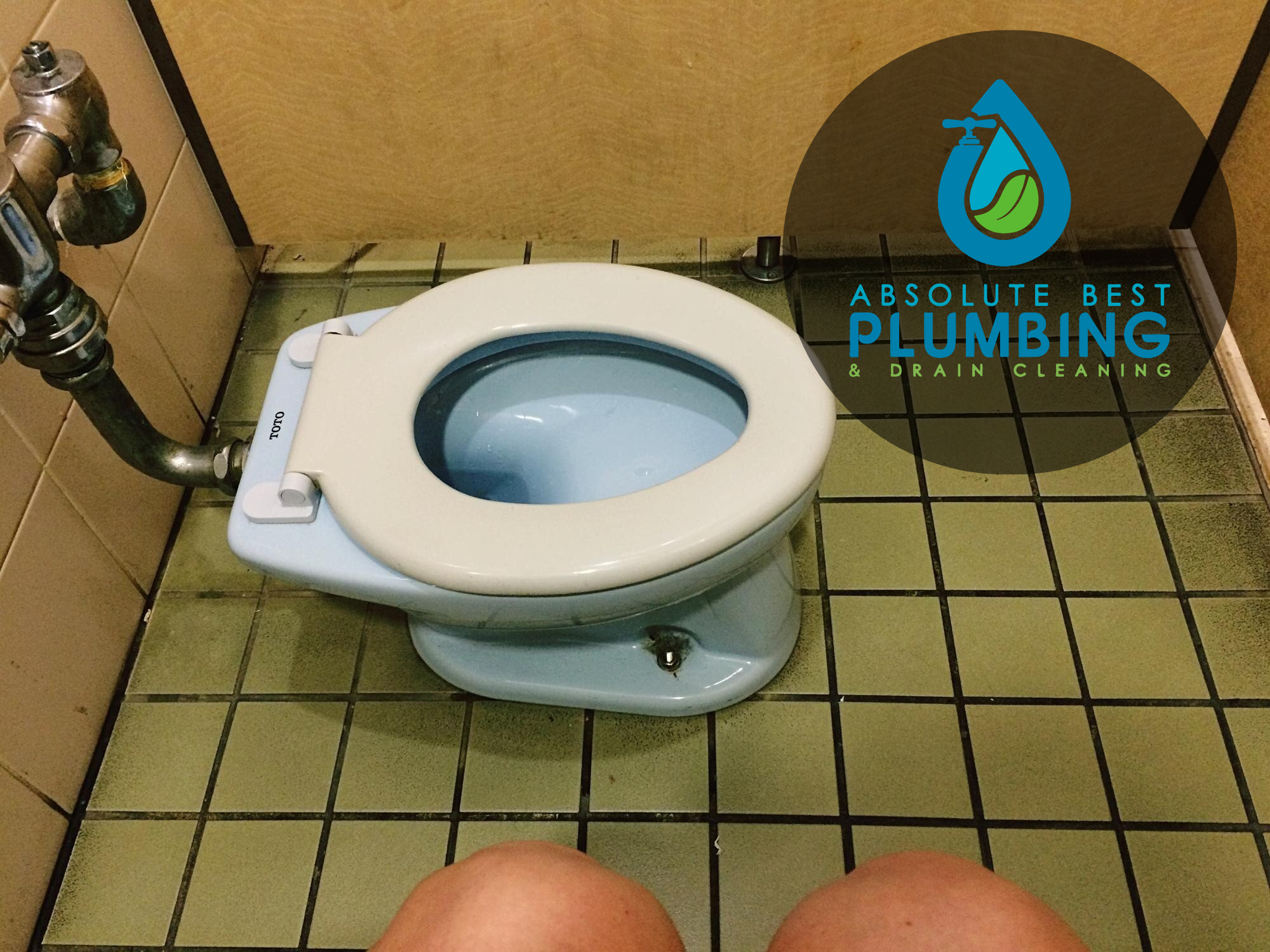
Fixture Damage
Plumbing problems often start in one area and ripple through the entire system. Recurring pressure imbalances in plumbing systems can cause wear and tear on faucets and other fixtures, even when those fixtures are located far from the original source of the issue. For example, what begins as a seemingly minor toilet clog may signal underlying pressure problems that eventually damage additional components.
In homes affected by root intrusion, shifting soil, or sediment buildup, fixtures can experience fluctuating water flow that wears down valves, washers, and seals. These minor failures gradually affect water quality, increase leak risks, and reduce fixture lifespan.
As a result, property owners find themselves in need of faucet repair installation Orlando, not realizing that the apparent issue began with a toilet clog. To avoid such cascading damage, it’s critical to address the root cause rather than just the symptoms.
Preventive Strategies for Florida Property Owners
Dealing with Florida’s climate-influenced plumbing risks requires proactive care. These practical steps can help homeowners and property managers avoid major repairs:
- Schedule regular plumbing inspections to identify early signs of climate-related stress, including subtle but critical issues like pipe misalignments, root infiltration, and pressure irregularities. These inspections allow professionals to detect vulnerabilities before they escalate into full system failures. In Florida’s dynamic environment, where humidity, soil movement, and vegetation growth are constant, routine checkups can catch problems that would otherwise go unnoticed until expensive repairs are needed. Investing in scheduled inspections is one of the most cost-effective ways to protect a property’s plumbing infrastructure and prevent avoidable emergencies.
- Ensure that outdoor vegetation is managed to reduce the risk of root intrusion, particularly in properties with dense landscaping or large, mature trees. Roots are naturally drawn to underground moisture sources, making sewer lines and foundation-adjacent piping prime targets for infiltration. Without proper management, tree roots can crack pipes, restrict flow, and lead to recurring clogs and backups. Strategic planting, root barriers, and regular landscape assessments can help minimize this risk and extend the life of your plumbing system, especially in Florida’s lush, fast-growing environment.
- Avoid the use of chemical cleaners, which can exacerbate pipe corrosion in humid or coastal environments, particularly in areas where saltwater intrusion is already a concern. While these products may offer a quick fix for minor clogs, their harsh ingredients often accelerate the deterioration of both metal and plastic pipes. In Florida, where moisture and salinity are already placing pressure on plumbing infrastructure, chemical cleaners can do more harm than good. Safer alternatives like enzymatic drain treatments or professional hydro-jetting are far more effective for long-term maintenance without compromising pipe integrity.
- Use water-efficient fixtures to reduce strain on sewer systems during peak rainfall, when municipal and residential systems are already operating near capacity. Low-flow toilets, aerated faucets, and high-efficiency showerheads significantly lower the chances of backups and overflows by decreasing the volume of water entering the system. In flood-prone areas or during Florida’s intense storm seasons, even small reductions in water usage can make a meaningful difference in preventing pressure-related failures and protecting vulnerable parts of the plumbing infrastructure.
- Invest in preventive maintenance services to reduce the likelihood of costly emergency interventions and avoid the stress and disruption of unexpected plumbing failures. Regular upkeep, such as drain cleaning, camera inspections, and pressure testing, not only addresses minor issues before they escalate but also helps plumbing professionals monitor changes caused by environmental stressors. This proactive approach is especially valuable in Florida, where climate-driven factors like heat, humidity, and soil movement constantly threaten system stability. Over time, consistent maintenance efforts extend the life of existing infrastructure, protect property value, and provide peace of mind.
Why Climate Awareness Matters for Orlando Plumbing
While plumbing issues may seem routine, they’re rarely isolated from their environment, especially in Florida. Plumbing systems in Florida face unique challenges tied directly to environmental conditions, making it essential for homeowners and property managers to look beyond surface-level symptoms.
From saltwater corrosion in coastal areas to pipe shifts caused by saturated soil, Florida’s subtropical climate affects how plumbing systems age, perform, and fail. Ignoring these climate-related factors can result in recurring toilet clogs, expensive emergency calls, and long-term infrastructure damage that’s often preventable with the right strategy.
By gaining a deeper understanding of how heat, humidity, rainfall, and vegetation growth interact with plumbing systems, property owners can take a more proactive and informed approach to maintenance. Whether it’s investing in root prevention, choosing corrosion-resistant materials, or scheduling routine inspections, each decision made with climate in mind improves system longevity and performance.
In the long run, these measures do more than protect pipes, they protect both their investments and their health. With Florida’s environmental conditions only becoming more dynamic, climate awareness isn’t just helpful, it’s essential for reliable plumbing in the Orlando area.

